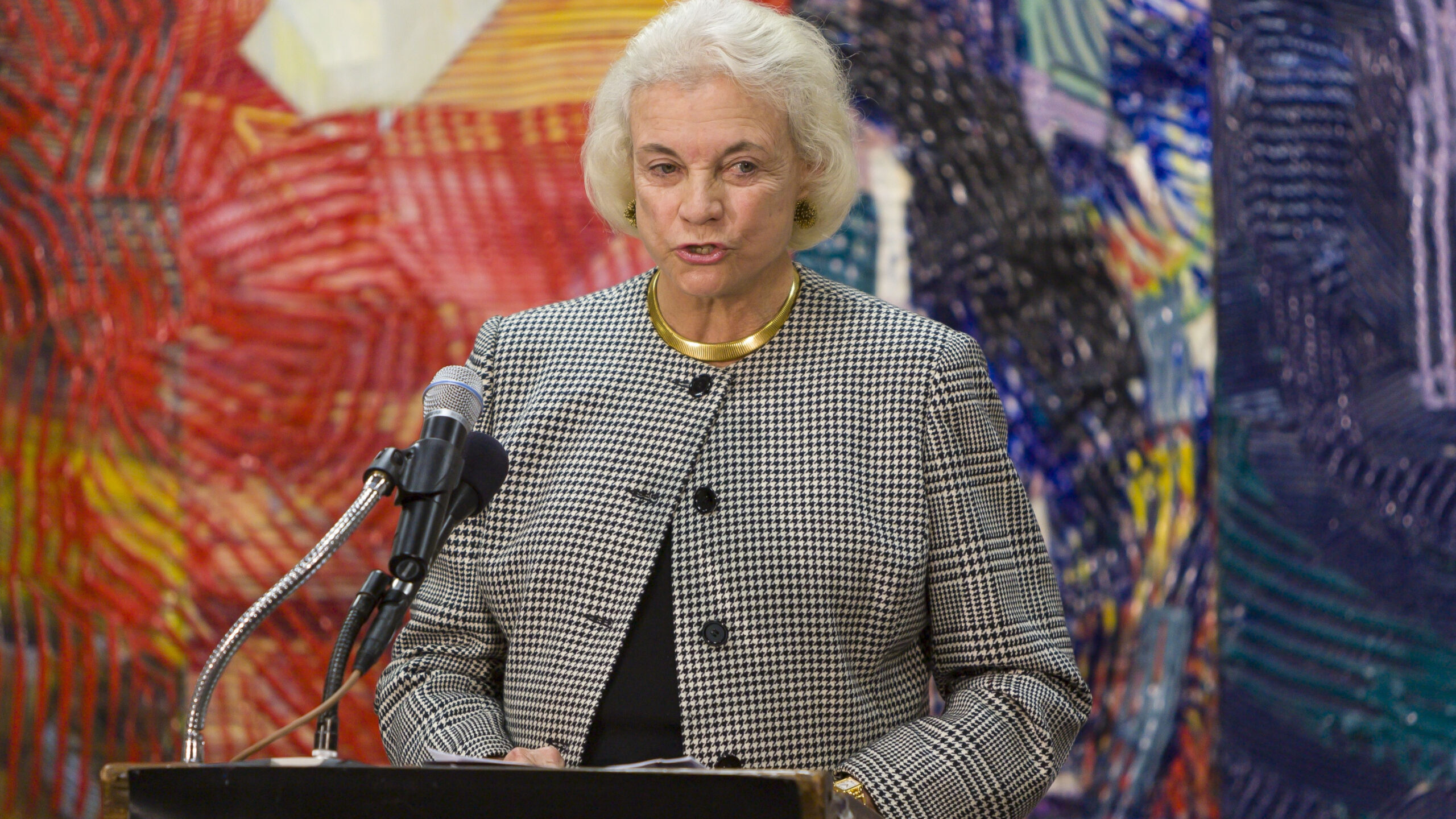Ensure Hyperlinking Will Not Infringe Copyright Law: Advocate General Wathelet’s Opinion on GS Media
Last week the Internet achieved a small, but nevertheless important, victory in Luxembourg. Hyperlinking should be kept from the scope of copyright protection as far as possible — that was the key message in the opinion of Advocate General (AG) Wathelet in the GS Media case which is currently pending in front of the Court of Justice of the EU (CJEU). We previously covered this case in detail.
Regular DisCo readers will of course know that this is not the first time Europe’s highest court is asked to pronounce on the relationship between copyright rules and hyperlinking. In the often cited Svensson case, the CJEU established that no copyright license is required for linking to an article that was posted with the authorization of the rights owner. In the end, common sense prevailed rescuing one of the Internet’s building blocks.
However, and as we explained at the time of the judgment, the Court’s reasoning left it with an Achilles’ heel: it decided that a hyperlink actually does constitute an ‘act of communication’ of a work. Under EU copyright rules, an ‘act of communication’ is one of two cumulative criteria which need to be fulfilled for there to be a ‘communication to the public’ which is an exclusive right. The second criterion requires the communication of a work to a ‘public’. In Svensson, the Court found that because the copyright-protected newspaper articles are not made available to a ‘new public’, copyright rules are not infringed. As the rights owner decided to make his articles freely available on the Internet, the ‘public’ can be presumed to be global from the very beginning. Hence, no further hyperlinking by other parties can enlarge the public beyond the one envisioned by the rights owner with his initial communication.
While this sounds like a lot of legalese, the practical implications of this reasoning matter greatly. Under EU jurisprudence, ‘acts of communication’ are interpreted very broadly. Under the EU courts’ standard reasoning, it is sufficient that a work is made available to a public in such a way that the persons forming that public may access it. This led the Court to pronounce in Svensson that “the provision of clickable links to protected works must be considered to be ‘making available’ and, therefore, an ‘act of communication’, within the meaning of that provision” [para. 20].
The very positive outcome of the Svensson case might have masked a more fundamental debate which is about to be revived again: what exactly is the function of a hyperlink? Do hyperlinks as such really make available copyright-protected content or are they better understood as road signs on our Internet highways? In the run-up to the Svensson judgement the European Copyright Society, a gathering of Europe’s most prominent academics in copyright law, expressed a strong preference for the latter.
The AG’s opinion will surely prompt the Court to reconsider that issue. As he explains in para. 54:
“Although it is true that hyperlinks posted on a website make it much easier to find other websites and protected works available on those websites and therefore afford users of the first site quicker, direct access to those works, I consider that hyperlinks which lead, even directly, to protected works do not ‘make available’ those works to a public where the works are already freely accessible on another website, but merely facilitate the finding of those works.” [Emphasis added].
Of course, the facts in GS Media differ from Svensson in that the Court is asked to rule on the legality of hyperlinking to content that the copyright holder has never authorized — like the leaked pictures of a Dutch celebrity shot for the Playboy magazine which led to the initial litigation in the Netherlands. However, these different circumstances do not matter to the AG’s conclusions because the nature of a hyperlink remains the same, regardless of whether the content being linked to is copyright-infringing or not. A hyperlink merely helps to find works which others have ‘made available’ on the Internet. In the AG’s words, the role of the ‘hyperlinker’ must be indispensable for benefiting from or enjoying the works. Needless to say, the role of an online portal that carries hyperlinks to copyright-infringing content which is freely accessible for everyone is not indispensable for enjoying the works. People have a multitude of other options to access the content under dispute.
One can only hope that the Court will follow the AG’s opinion in this fundamentally important case. Why is it so important? Let’s leave the answer to that question to AG Wathelet himself:
“It is a matter of common knowledge that the posting of hyperlinks by users is both systematic and necessary for the current internet architecture. While the circumstances at issue in the main proceedings are particularly obvious, I consider that, as a general rule, internet users are not aware and do not have the means to check whether the initial communication to the public of a protected work freely accessible on the internet was effected with or without the copyright holder’s consent. If users were at risk of proceedings for infringement of copyright under Article 3(1) of Directive 2001/29 whenever they post a hyperlink to works freely accessible on another website, they would be much more reticent to post them, which would be to the detriment of the proper functioning and the very architecture of the internet, and to the development of the information society.” [para. 78; emphasis added].








